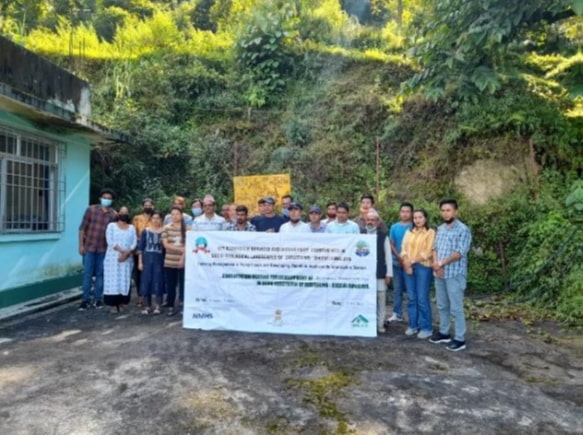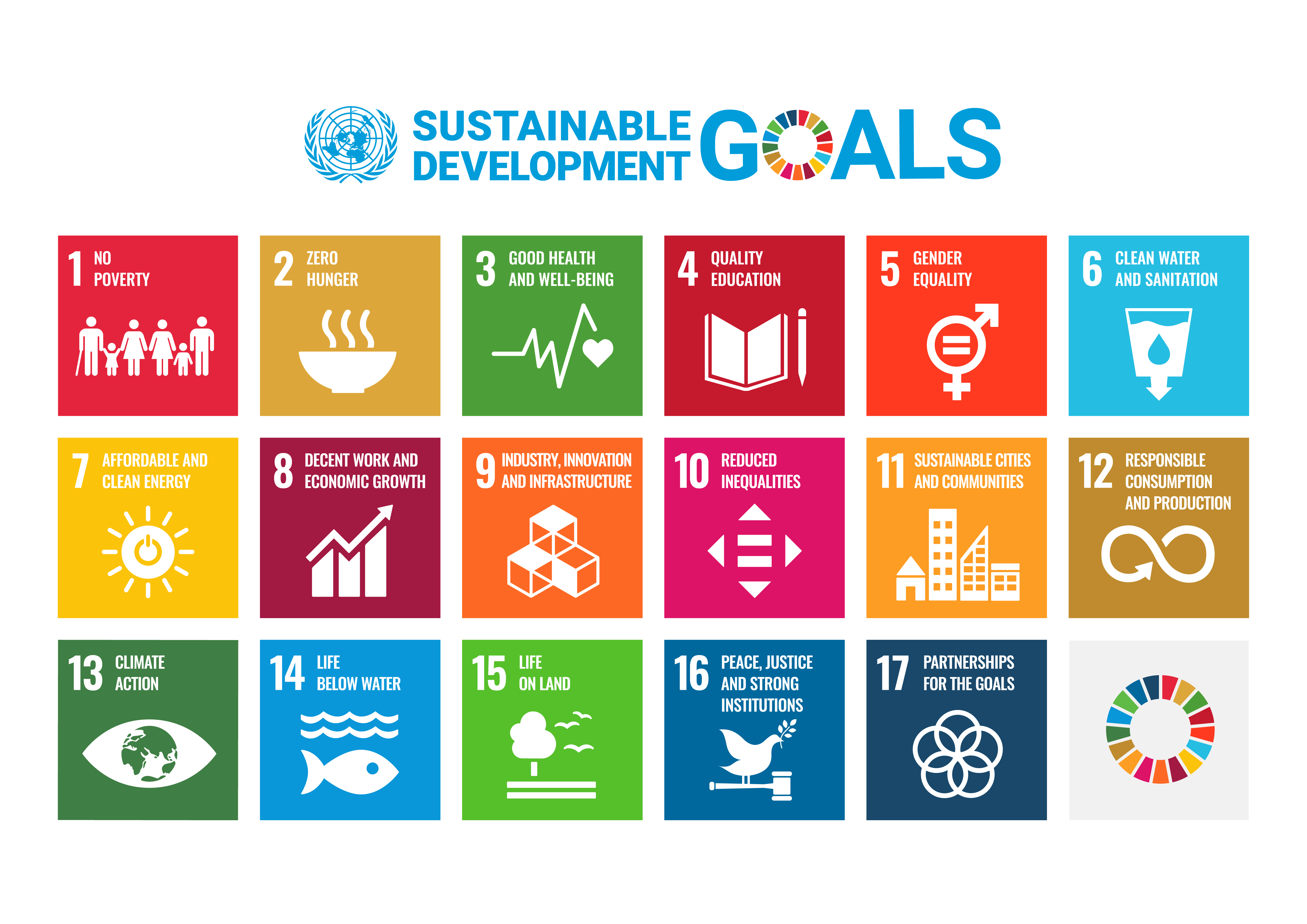

 MissionTo launch and support innovative studies and related knowledge interventions (that do not tread on the beaten path) towards the sustenance and enhancement of the ecological, natural, cultural, and socio-economic capital assets and values of the IHR. |
 VisionTo support the sustenance and enhancement of the ecological, natural, cultural, and socio- economic capital assets and values of the IHR. |
 Objectives
|

Vibrant Village Programme (VVP) is a Centrally Sponsored Scheme announced in the Union Budget 2022 envisages coverage of border villages on Northern Border having sparse population, limited connectivity and infrastructure. It was launched by the Hon’ble Union Home Minister, at Kibithoo – a remote village, near the India-Tibet border on 10th April 2023.

The 2030 Agenda for Sustainable Development, adopted by all United Nations Member States in 2015, provides a shared blueprint for peace and prosperity for people and the planet, now and into the future. At its heart are the 17 Sustainable Development Goals (SDGs), which are an urgent call for action by all countries - developed and developing - in a global partnership.





| BTA | Sanctioned Projects |
| Water Resource Management | 39 |
| Livelihood Options & Employment Generation | 60 |
| Biodiversity Conservation and Management | 74 |
| Skill Development and Capacity Building | 12 |
| Infrastructure Development | 22 |
| Physical Connectivity | 07 |
| Handling of Waste | 26 |
| Total Granted Projects | 240 |
National Mission on Himalayan Studies (NMHS) has proposed to work in close collaboration with State Biodiversity Boards (SBB) and other state agencies on burning problems of the IHR states. In view of this, NMHS has launched the State Government Projects (SGPs) under the Demand Driven Action Research for different State Government Organizations. The objectives of these projects grants are involve the State Government Organization to conduct science based development activities on state specific issues and upgrade skill and create employment opportunities for Himalayan residents, which is done either through execution of action-oriented activities or development of field based models for various agencies working for the development of the IHR.
The Indian Himalayan region (IHR) represents a very significant part of the Indian sub-continent as it supports unique landscape elements, species, populations, communities, and ecosystems along with the rich ethnic diversity. The unique uniqueness and representativeness of biodiversity in the Himalaya has attracted the attention of people from all over the globe.
The IHR also forms the large part of globally recognized Himalayan biodiversity hotspot. However, the regions is identified amongst the most climate change sensitive ecosystem, and the naturalness of this unique ecosystem is severely threatened due to ever increasing human onslaught. Realizing the challenges and emerging responsibilities of conservation of Himalayan natural resources, a number of initiatives are taking place globally and nationally. In this regard, among others, National Mission on Himalayan Studies (NMHS) has been launched by Govt. of India.
This mission envisages establishing the state-of-art Him-Nature Learning Centre (NLC) in all Himalayan states. This centre would promote the outreach and enable to produce reliable and authentic information and knowledge products, which could subsequently feed into the provincial, national and international policies.